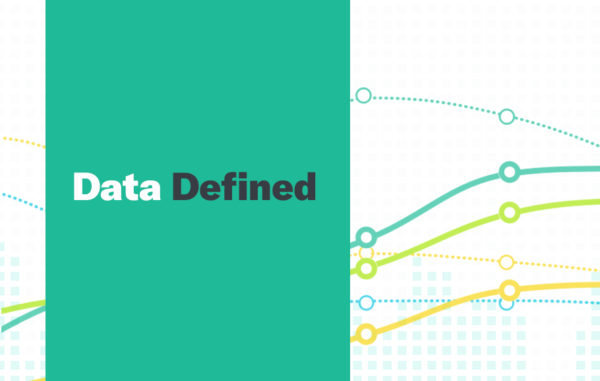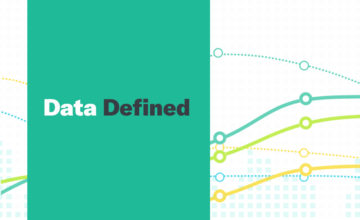User Datagram Protocol Defined
UDP (User Datagram Protocol) is a communications protocol, used across the Internet. It is specifically used for time-sensitive transmissions such as video playback or DNS lookups. It works by creating a connectionless transmission model that requires a minimum protocol mechanism. UDP is a part of Internet Protocol (IP) suite, referred to as UDP/IP suite.
UDP enables process-to-process communication and works by using Internet Protocols to encapsulate data in a UDP packet. This packed has its header information edited to include; source,destination ports, packet length and checksum. After UDP packets are encapsulated in an Internet Protocol packet, they’re sent off to their destinations.
UDP is an alternative protocol to TCP, as it is primarily used for establishing low-latency and loss-tolerating connections between applications or softwares on the internet. It is best used for real time services such as:
- Gaming
- Voice or video communication
- Live conferences
A downside to using UDP is that it is an unreliable protocol as it doesn’t require an established connection prior to data transfer.
Other protocol suites include:
In Data Defined, we help make the complex world of data more accessible by explaining some of the most complex aspects of the field.
Click Here for more Data Defined.


